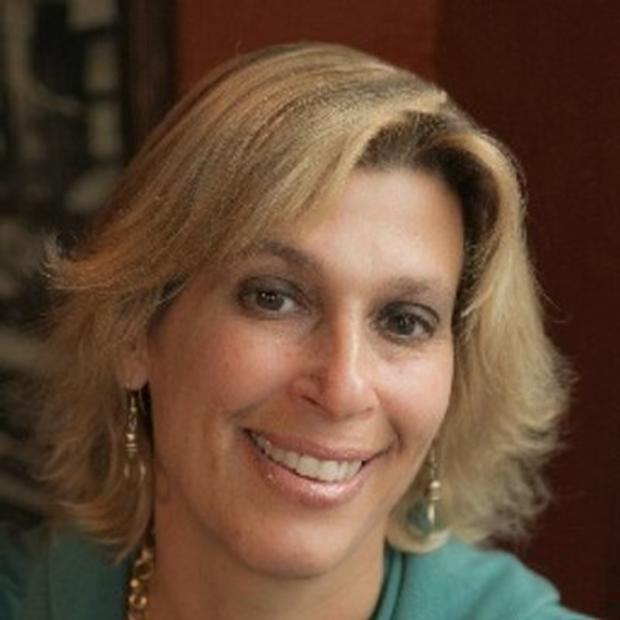Recently, my fourteen-year-old daughter Melanie came home dejected from a volunteer activity. “I was criticized for not sharing enough of my ideas,” she told me. “The problem is that I like to listen. By the time I’m ready to share, everybody else is busy talking and I can’t get a word in edgewise.”
To reassure Melanie, we watched a TED Talk given by Susan Cain, author of the 2012 best-selling book "Quiet: The Power of Introverts in a World That Can’t Stop Talking." This record-breaking speech has been viewed over four million times. Bill Gates says it’s one of his favorites.
I watched Melanie nod in recognition as Cain described going away to camp with a suitcase full of books and being advised to be boisterous instead of quietly reading. She smiled as Cain decried the constant emphasis on group work in our schools. So, when we learned that Cain was coming to speak about raising quiet kids, co-sponsored by Parent Edge as part of the excellent Parent Map Lecture series, Melanie wanted to attend the lecture with me.
The Mercer Island High School auditorium was packed with parents and educators. Cain opened by asking the audience to break up into groups of four, share personal experiences of extroversion and introversion and then nominate a group spokesperson to share these with the audience at large.
She allowed the idea to sink in, watching audience members shift uncomfortably in their seats for a few minutes, before revealing that she was joking.
Though one-third to one-half of our population is introverted, Cain says, we are increasingly being asked to participate in group activities like this in our schools and workplaces. Activities that are geared towards extroverts and can be excruciating for introverts.
A key distinction between the two is how they respond to stimulation: Introverts prefer quieter, less stimulating environments, preferring to concentrate in solitude, spend more time problem-solving and think before they speak. In contrast, extroverts draw their energy from more stimulating environments and from other people. They are often assertive, quicker to act and can be multi-taskers.
In the middle of the introvert-extrovert spectrum are “ambiverts,” whom Cain says may enjoy the best of both worlds. Shyness differs from introversion, explains Cain, and stems from a fear of social judgment.
“It’s not that I’m so smart,“ Einstein famously remarked, ”It’s just that I stay with problems longer.”
Every species, including fish and fruit flies, has its share of introverts and extroverts. What’s changed for humans is the way we currently undervalue quiet and contemplation. Workplaces feature open-plan offices and common areas that encourage chance brainstorming encounters. Students sit and work in groups and are criticized when they don’t publicly participate. More and more, people are being discouraged from working autonomously.
Cain believes the ideal culture is one that supports the yin-yang that introverts and extroverts can provide each other. Solitude is an important part of the creative process and group brainstorming can lead to “groupthink.”
We lose out on creativity and leadership if we ignore this, she says.
The bulk of audience questions came from extroverted parents who wondered how far to push their introverted children. A father second-guessed his decision to encourage his six-year-old son to participate in soccer for the past two years, even though the child appears not to enjoy it. “Maybe it’s time to try something else,” Cain suggested gently.
She empathized with parents who wonder whether something is wrong with their children, who are slow to warm up to new activities. “Don’t overprotect them,” she advised, “but allow them a ‘long runway’ before they take off.”
Cain suggests five remedies to restore society’s introvert-extrovert balance:
- Remember that one size does not fit all.
- Don’t overprotect your introverted child, but do embrace a “longer runway,” giving them adequate time to be ready for new activities.
- Stop the madness of constant group work in our schools. Technology can be a bridge in classrooms. Rather than serving as a crutch, it can bridge the divide between introverts and extroverts.
- Rethink leadership. Introverts are uncomfortable with leadership for its own sake, but will embrace leadership when they are passionate about something. Eleanor Roosevelt and Gandhi are prime examples.
- Expand the definition of diversity to include “personality diversity.”
Passionate about her cause, introverted Cain appears comfortable acting as a leader in the growing Quiet Revolution, which she likens to the dawn of the feminist movement. “I think we are at a conscious-raising stage, similar to what women experienced in the early 1960s,” she says. She’s prepared herself to play the role of Public Introvert, training to be “the best and bravest speaker” she can be and embracing social media. She is developing an online public speaking class, and offers a forum for introverts and a manifesto on her website.
One of my favorite family photographs is of Melanie, aged eight, at Girl Scout Camp. She is sitting on the fringes of a crowded cafeteria, utterly engrossed in a book. I’ve often envied her ability to lose herself in her thoughts, her single-minded focus when she is passionate about something and the peace she finds in solitude.
Cain’s manifesto celebrates these traits and reminds us of the value of a world that is quiet enough that we can all hear ourselves think.



